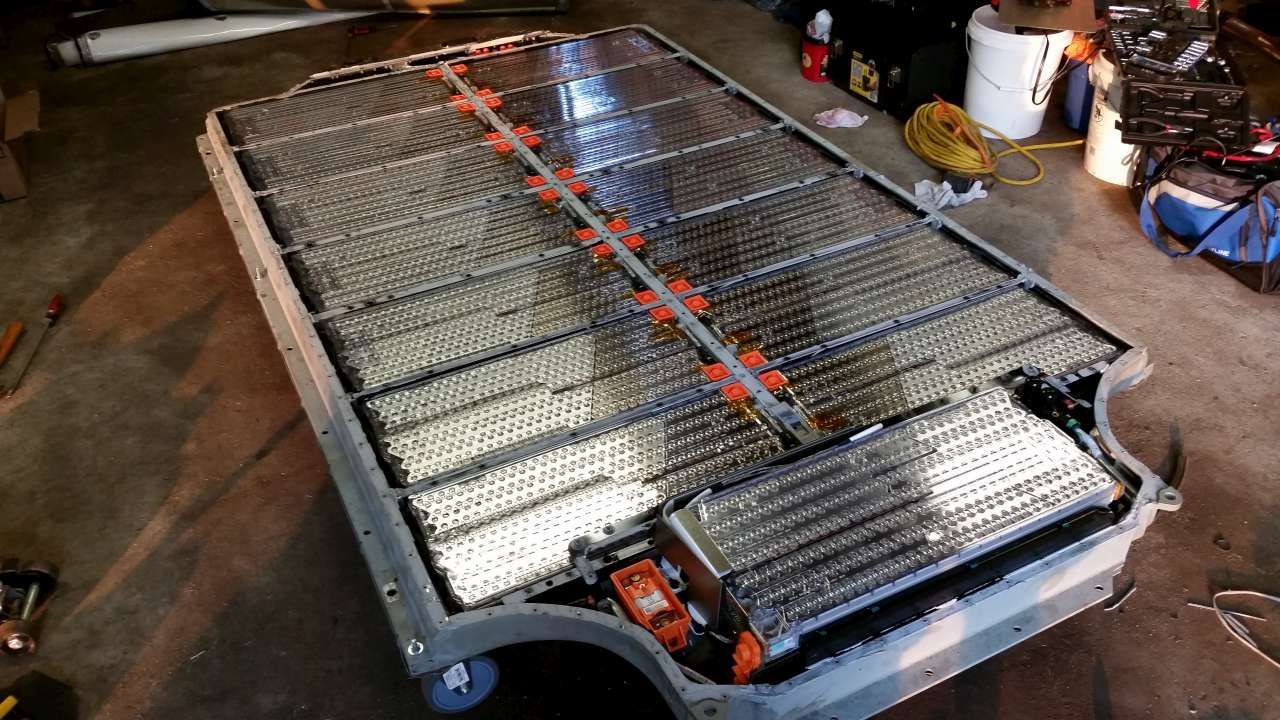There is little doubt the EV revolution has begun, it has been heralded by so many as the answer to our prayers when it comes to the excessive air pollution caused by the automotive industry. Tesla, Lucid, Lordstown, and more have started a shift that isn't going to slow down anytime soon.
Like any industry, there are still environmental-related consequences when it comes to its growth, especially in an era where we are still largely dependent on the oil and gas industry. This much is obvious and it is pretty much impossible to hide the factories and all the equipment needed to build them (especially in China). There are also unseen consequences, ones that might lead us to the conclusion that we are simply trading one evil for another.
Lithium Brine Mining
Nothing new about the general destructive nature of mining, Lithium Brine, something that was altogether worthless around a century ago is suddenly a hot commodity thanks to the explosion (pun intended) of the lithium-ion battery market.
A couple of years ago it was noted that fewer and fewer flamingoes inhabit a certain area near one of these mines, indicating some sort of effect the mine is having on the local ecology. It is still hard to really assess the extent of the damage being done but the flamingoes are not the only ones opposed to the presence of the mine. Locals have now gotten fed up with the mining operations getting pretty much as much brine water (classified as such) as they like, leaving less and less actual drinking water for them in the excessively dry Atacama region.
Brine is not useful to them, but the mine depletes the brine at the bottom of the water table faster than it can be naturally replenished, the freshwater flows into their brine “farm” if you will and depletes their water reserves as more brine is pumped out. Water that would otherwise be used for drinking, irrigation, and basic hygiene.
Chemical Waste
It is the most obvious but least visible problem we are still heading towards. It can be argued these battery packs will outlast the service life of most vehicles, but what on earth happens to them once they are completely depleted?
It is a burning question that has no good answer. At present the vast majority of batteries end up in landfills, causing more physical pollution and as they slowly deteriorate, chemical waste oozes out. Recycling should then surely be the answer; it isn’t that simple, sadly. Firstly, there are little to no recycling facilities outside the developed world, so once again the developing world will be picking up the check on this one. Secondly, even more, troubling is the amount of energy needed to recycle these batteries, let alone the energy required to build these facilities and then maintain them. The energy supplied by a grid, a grid that (even most developed nations) still relies on fossil fuels anyway (for now at least). At present these processes still also include smelting, which then releases harmful gasses, to say the least, not ideal.
Are EVs really so terrible for the future?
All of this is without even taking into account the horrible, and well-documented Nickel and Cobalt mining techniques, the two metals that account for most of the weight of the average battery. Are EVs really this bad for the world?
In short, no. At present we are advancing at a pace the industry is still struggling to keep up with, there is more technology being developed to combat these factors but it is the side of the business that needs more regulation to progress faster. Batteries need to be more recyclable if they are to become a sustainable alternative to fossil fuels, for now, they are not the answer but rather just part of the broader solution. In time they will improve but the answer is the same it has been since the dawn of time; moderation.



